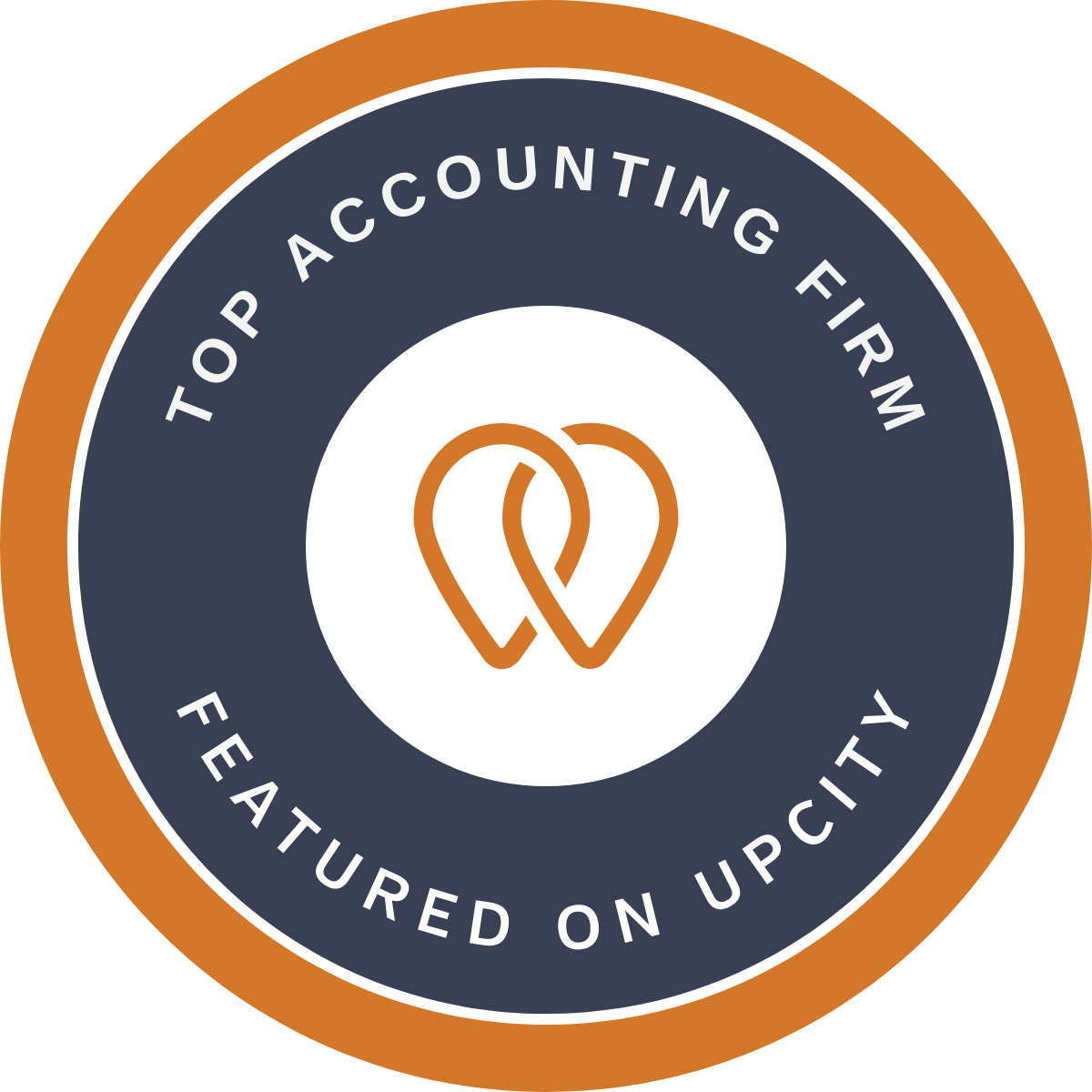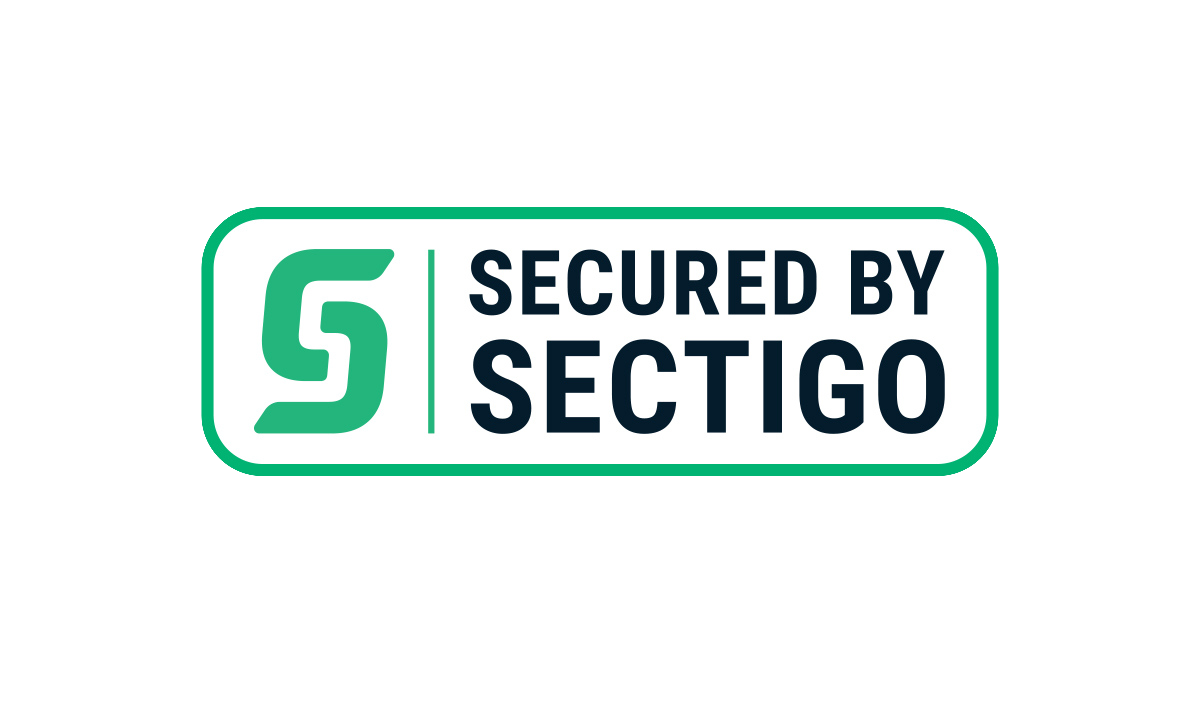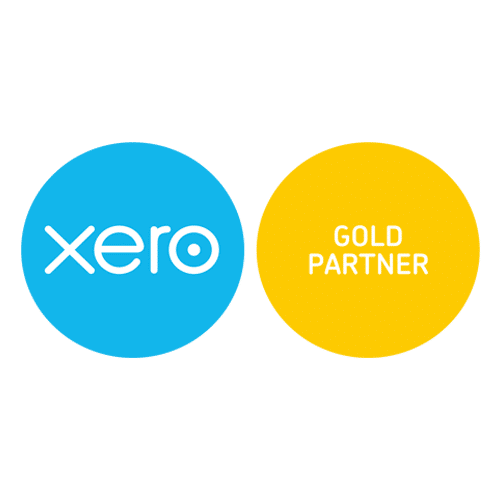- About Us
- Our Clients
- Education
- Lawyers
- E-Commerce
- Real Estate
- Physicians
- Non-profit
- Advertising
- Franchise
- Amazon Sellers
- Rental
- Aged-Care
- Farming
- Construction
- Mining
- Manufacturing
- Pharma
- IT Sector
- Travel and Tourism
- Transportation and Trucking
- Power & Infrastructure
- Wholesaler
- Trading firms
- Gems and Jewelry
- Contractors
- Dentists
- Gas Stations
- Tech Startups
- Artists
- Insurance
- Event Management
- Distribution
- Retail Stores
- Veterinary
- Import/Export
- Cryptocurrency and Blockchain
- Our Services
- Power BI and Google looker studio reporting
- Bookkeeping service
- Payroll management
- Receivables Management
- Payables Accounting
- Grow your Business
- Business Setup in India
- Bookkeeping for CPA’s
- Tax Return Service Business Owners
- Move To Digital
- CFO Services
- Tax Services
- Valuation Services
- Dedicated staff
- White Label services for CPA firms
- Backlog Cleanup Service
- Convert to Xero
- Cloud AddOns
- Odoo Development/Customization and Bookkeeping
- Where we serve
- Software Specialization
- Virtual Assistant
- Careers
- Resources
- Contact Us
Menu
- About Us
- Our Clients
- Education
- Lawyers
- E-Commerce
- Real Estate
- Physicians
- Non-profit
- Advertising
- Franchise
- Amazon Sellers
- Rental
- Aged-Care
- Farming
- Construction
- Mining
- Manufacturing
- Pharma
- IT Sector
- Travel and Tourism
- Transportation and Trucking
- Power & Infrastructure
- Wholesaler
- Trading firms
- Gems and Jewelry
- Contractors
- Dentists
- Gas Stations
- Tech Startups
- Artists
- Insurance
- Event Management
- Distribution
- Retail Stores
- Veterinary
- Import/Export
- Cryptocurrency and Blockchain
- Our Services
- Power BI and Google looker studio reporting
- Bookkeeping service
- Payroll management
- Receivables Management
- Payables Accounting
- Grow your Business
- Business Setup in India
- Bookkeeping for CPA’s
- Tax Return Service Business Owners
- Move To Digital
- CFO Services
- Tax Services
- Valuation Services
- Dedicated staff
- White Label services for CPA firms
- Backlog Cleanup Service
- Convert to Xero
- Cloud AddOns
- Odoo Development/Customization and Bookkeeping
- Where we serve
- Software Specialization
- Virtual Assistant
- Careers
- Resources
- Contact Us
Select your Country
- About Us
- Our Clients
- Education
- Lawyers
- E-Commerce
- Real Estate
- Physicians
- Non-profit
- Advertising
- Franchise
- Amazon Sellers
- Rental
- Aged-Care
- Farming
- Construction
- Mining
- Manufacturing
- Pharma
- IT Sector
- Travel and Tourism
- Transportation and Trucking
- Power & Infrastructure
- Wholesaler
- Trading firms
- Gems and Jewelry
- Contractors
- Dentists
- Gas Stations
- Tech Startups
- Artists
- Insurance
- Event Management
- Distribution
- Retail Stores
- Veterinary
- Import/Export
- Cryptocurrency and Blockchain
- Our Services
- Power BI and Google looker studio reporting
- Bookkeeping service
- Payroll management
- Receivables Management
- Payables Accounting
- Grow your Business
- Business Setup in India
- Bookkeeping for CPA’s
- Tax Return Service Business Owners
- Move To Digital
- CFO Services
- Tax Services
- Valuation Services
- Dedicated staff
- White Label services for CPA firms
- Backlog Cleanup Service
- Convert to Xero
- Cloud AddOns
- Odoo Development/Customization and Bookkeeping
- Where we serve
- Software Specialization
- Virtual Assistant
- Careers
- Resources
- Contact Us
Menu
- About Us
- Our Clients
- Education
- Lawyers
- E-Commerce
- Real Estate
- Physicians
- Non-profit
- Advertising
- Franchise
- Amazon Sellers
- Rental
- Aged-Care
- Farming
- Construction
- Mining
- Manufacturing
- Pharma
- IT Sector
- Travel and Tourism
- Transportation and Trucking
- Power & Infrastructure
- Wholesaler
- Trading firms
- Gems and Jewelry
- Contractors
- Dentists
- Gas Stations
- Tech Startups
- Artists
- Insurance
- Event Management
- Distribution
- Retail Stores
- Veterinary
- Import/Export
- Cryptocurrency and Blockchain
- Our Services
- Power BI and Google looker studio reporting
- Bookkeeping service
- Payroll management
- Receivables Management
- Payables Accounting
- Grow your Business
- Business Setup in India
- Bookkeeping for CPA’s
- Tax Return Service Business Owners
- Move To Digital
- CFO Services
- Tax Services
- Valuation Services
- Dedicated staff
- White Label services for CPA firms
- Backlog Cleanup Service
- Convert to Xero
- Cloud AddOns
- Odoo Development/Customization and Bookkeeping
- Where we serve
- Software Specialization
- Virtual Assistant
- Careers
- Resources
- Contact Us
Upcoming Webinar: Mastering Bookkeeping in QuickBooks Online - Advanced Techniques, Date: 14th May, Time: 11:30 AM EST.
Upcoming Webinar: Mastering Bookkeeping in QuickBooks Online - Advanced Techniques, Date: 14th May, Time: 11:30 AM EST
- About Us
- Our Clients
- Education
- Lawyers
- E-Commerce
- Real Estate
- Physicians
- Non-profit
- Advertising
- Franchise
- Amazon Sellers
- Rental
- Aged-Care
- Farming
- Construction
- Mining
- Manufacturing
- Pharma
- IT Sector
- Travel and Tourism
- Transportation and Trucking
- Power & Infrastructure
- Wholesaler
- Trading firms
- Gems and Jewelry
- Contractors
- Dentists
- Gas Stations
- Tech Startups
- Artists
- Insurance
- Event Management
- Distribution
- Retail Stores
- Veterinary
- Import/Export
- Cryptocurrency and Blockchain
- Our Services
- Power BI and Google looker studio reporting
- Bookkeeping service
- Payroll management
- Receivables Management
- Payables Accounting
- Grow your Business
- Business Setup in India
- Bookkeeping for CPA’s
- Tax Return Service Business Owners
- Move To Digital
- CFO Services
- Tax Services
- Valuation Services
- Dedicated staff
- White Label services for CPA firms
- Backlog Cleanup Service
- Convert to Xero
- Cloud AddOns
- Odoo Development/Customization and Bookkeeping
- Where we serve
- Software Specialization
- Virtual Assistant
- Careers
- Resources
- Contact Us
Menu
- About Us
- Our Clients
- Education
- Lawyers
- E-Commerce
- Real Estate
- Physicians
- Non-profit
- Advertising
- Franchise
- Amazon Sellers
- Rental
- Aged-Care
- Farming
- Construction
- Mining
- Manufacturing
- Pharma
- IT Sector
- Travel and Tourism
- Transportation and Trucking
- Power & Infrastructure
- Wholesaler
- Trading firms
- Gems and Jewelry
- Contractors
- Dentists
- Gas Stations
- Tech Startups
- Artists
- Insurance
- Event Management
- Distribution
- Retail Stores
- Veterinary
- Import/Export
- Cryptocurrency and Blockchain
- Our Services
- Power BI and Google looker studio reporting
- Bookkeeping service
- Payroll management
- Receivables Management
- Payables Accounting
- Grow your Business
- Business Setup in India
- Bookkeeping for CPA’s
- Tax Return Service Business Owners
- Move To Digital
- CFO Services
- Tax Services
- Valuation Services
- Dedicated staff
- White Label services for CPA firms
- Backlog Cleanup Service
- Convert to Xero
- Cloud AddOns
- Odoo Development/Customization and Bookkeeping
- Where we serve
- Software Specialization
- Virtual Assistant
- Careers
- Resources
- Contact Us
- About Us
- Our Clients
- Education
- Lawyers
- E-Commerce
- Real Estate
- Physicians
- Non-profit
- Advertising
- Franchise
- Amazon Sellers
- Rental
- Aged-Care
- Farming
- Construction
- Mining
- Manufacturing
- Pharma
- IT Sector
- Travel and Tourism
- Transportation and Trucking
- Power & Infrastructure
- Wholesaler
- Trading firms
- Gems and Jewelry
- Contractors
- Dentists
- Gas Stations
- Tech Startups
- Artists
- Insurance
- Event Management
- Distribution
- Retail Stores
- Veterinary
- Import/Export
- Cryptocurrency and Blockchain
- Our Services
- Power BI and Google looker studio reporting
- Bookkeeping service
- Payroll management
- Receivables Management
- Payables Accounting
- Grow your Business
- Business Setup in India
- Bookkeeping for CPA’s
- Tax Return Service Business Owners
- Move To Digital
- CFO Services
- Tax Services
- Valuation Services
- Dedicated staff
- White Label services for CPA firms
- Backlog Cleanup Service
- Convert to Xero
- Cloud AddOns
- Odoo Development/Customization and Bookkeeping
- Where we serve
- Software Specialization
- Virtual Assistant
- Careers
- Resources
- Contact Us
Menu
- About Us
- Our Clients
- Education
- Lawyers
- E-Commerce
- Real Estate
- Physicians
- Non-profit
- Advertising
- Franchise
- Amazon Sellers
- Rental
- Aged-Care
- Farming
- Construction
- Mining
- Manufacturing
- Pharma
- IT Sector
- Travel and Tourism
- Transportation and Trucking
- Power & Infrastructure
- Wholesaler
- Trading firms
- Gems and Jewelry
- Contractors
- Dentists
- Gas Stations
- Tech Startups
- Artists
- Insurance
- Event Management
- Distribution
- Retail Stores
- Veterinary
- Import/Export
- Cryptocurrency and Blockchain
- Our Services
- Power BI and Google looker studio reporting
- Bookkeeping service
- Payroll management
- Receivables Management
- Payables Accounting
- Grow your Business
- Business Setup in India
- Bookkeeping for CPA’s
- Tax Return Service Business Owners
- Move To Digital
- CFO Services
- Tax Services
- Valuation Services
- Dedicated staff
- White Label services for CPA firms
- Backlog Cleanup Service
- Convert to Xero
- Cloud AddOns
- Odoo Development/Customization and Bookkeeping
- Where we serve
- Software Specialization
- Virtual Assistant
- Careers
- Resources
- Contact Us
- About Us
- Our Clients
- Education
- Lawyers
- E-Commerce
- Real Estate
- Physicians
- Non-profit
- Advertising
- Franchise
- Amazon Sellers
- Rental
- Aged-Care
- Farming
- Construction
- Mining
- Manufacturing
- Pharma
- IT Sector
- Travel and Tourism
- Transportation and Trucking
- Power & Infrastructure
- Wholesaler
- Trading firms
- Gems and Jewelry
- Contractors
- Dentists
- Gas Stations
- Tech Startups
- Artists
- Insurance
- Event Management
- Distribution
- Retail Stores
- Veterinary
- Import/Export
- Cryptocurrency and Blockchain
- Our Services
- Power BI and Google looker studio reporting
- Bookkeeping service
- Payroll management
- Receivables Management
- Payables Accounting
- Grow your Business
- Business Setup in India
- Bookkeeping for CPA’s
- Tax Return Service Business Owners
- Move To Digital
- CFO Services
- Tax Services
- Valuation Services
- Dedicated staff
- White Label services for CPA firms
- Backlog Cleanup Service
- Convert to Xero
- Cloud AddOns
- Odoo Development/Customization and Bookkeeping
- Where we serve
- Software Specialization
- Virtual Assistant
- Careers
- Resources
- Contact Us
Menu
- About Us
- Our Clients
- Education
- Lawyers
- E-Commerce
- Real Estate
- Physicians
- Non-profit
- Advertising
- Franchise
- Amazon Sellers
- Rental
- Aged-Care
- Farming
- Construction
- Mining
- Manufacturing
- Pharma
- IT Sector
- Travel and Tourism
- Transportation and Trucking
- Power & Infrastructure
- Wholesaler
- Trading firms
- Gems and Jewelry
- Contractors
- Dentists
- Gas Stations
- Tech Startups
- Artists
- Insurance
- Event Management
- Distribution
- Retail Stores
- Veterinary
- Import/Export
- Cryptocurrency and Blockchain
- Our Services
- Power BI and Google looker studio reporting
- Bookkeeping service
- Payroll management
- Receivables Management
- Payables Accounting
- Grow your Business
- Business Setup in India
- Bookkeeping for CPA’s
- Tax Return Service Business Owners
- Move To Digital
- CFO Services
- Tax Services
- Valuation Services
- Dedicated staff
- White Label services for CPA firms
- Backlog Cleanup Service
- Convert to Xero
- Cloud AddOns
- Odoo Development/Customization and Bookkeeping
- Where we serve
- Software Specialization
- Virtual Assistant
- Careers
- Resources
- Contact Us





















